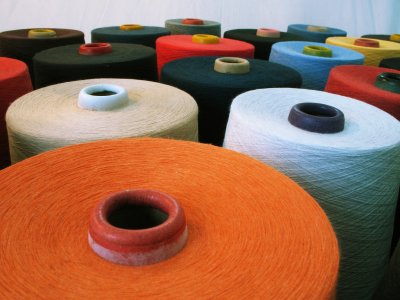
Demand enhancement critical for the cotton and textile sectors
Industry is hoping that United States’ interest rate hike which is expected to moderate in the coming months will improve the demand for items like textiles, informs Prof Seshadri Ramkumar.
Demand for discretionary products like textiles is low, which needs enhancement.
New cotton harvests are arriving in India and the high plains of Texas. However, demand is weak compared to last year.
On November 14, 2022, Mumbai-based Cotton Association of India (CAI), released the 2022-23 cotton supply and demand in India. Cotton production in India during 2022-23 (October 2022 to September 2023) is estimated to be 34.4 million bales (170 kgs/bale), while the total supply will be 38.78 million bales (170 kgs/bale). The consumption is estimated to be about 30 million bales, which is lower than the previous year’s consumption.
This year (Oct 2002-Sep 2023), Indian domestic consumption by spinners is expected to be lower by 1.8 million bales compared to the previous cotton year, indicating the squeeze in the demand side. With the beginning of new cotton season in India, cotton stock situation is good stated Velmurugan Shanmugam, General Manager of Jayalakshmi Textiles, India. “Yarn demand is less than what it was during this period last year,” added Velmurugan Shanmugam. For five months from June to October 2022, daily cotton yarn production at Jayalakshmi Textiles was only about 60 per cent of normal production indicating weak demand.
Geopolitical and economic scenarios are playing their part in influencing the demand of textile and other non-essential products, stated Mark Brown, Field Services Director of Lubbock-based Plains Cotton Growers, Inc. Similar sentiments have been expressed by industry leaders in India.
“Product demand is pathetic,” stated Gnanasekar Thiagarajan, Director of Mumbai-based commodity research firm, Commtrendz Research. “It is interesting that Chinese yarns are available in India at discounted prices, adding pressure to the Indian spinning sector,” added Gnanasekar Thiagarajan.
I have been emphasising the need for enhancing the demand for cotton by exploring new markets and developing value-added products. Cotton being a natural fibre has a good story to tell regarding product sustainability.
Industry is hoping that United States’ interest rate hike which is expected to moderate in the coming months will improve the demand for items like textiles. Enquires must be materialised as orders, which depend on lot of factors like energy situation, inflation, political tensions in Europe, U.S.-China relations, etc. Bangladesh textile sector is affected by high energy price as well as availability issues.
All eyes are on India, which is expected to surpass China as the world’s most populated country in the next year. It is a dominant player in cotton production and textile manufacturing. Government of India is encouraging its synthetic sector to grow to enhance India’s textile offerings and capacity.
Three countries will play dominant role in geopolitics as well as the textile space.
Trifecta to watch is the United States, China, and India.
About the author:
Dr Seshadri Ramkumar is a Professor, Nonwovens & Advanced Materials Laboratory in Texas Tech University, Lubbock, TX, USA.



